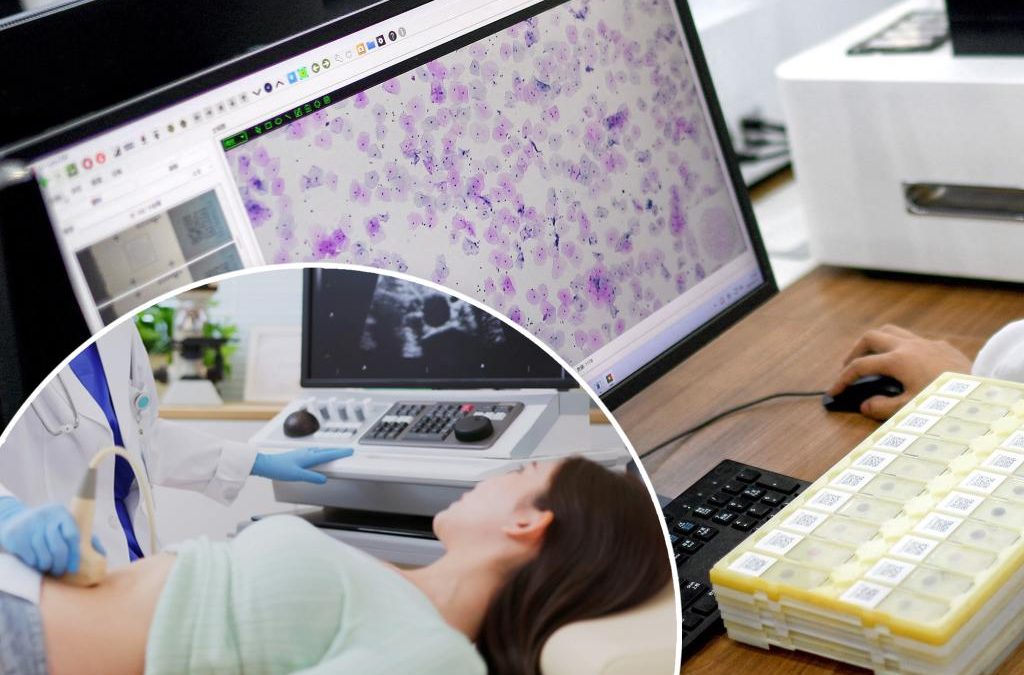Scientists say they have developed an early screening test that can flag ovarian cancer with extreme accuracy — thanks to breakthroughs in artificial intelligence.
The 93% accurate machine learning approach “represents a promising new direction in the early detection of ovarian cancer, and perhaps other cancers as well,” said John McDonald, a Georgia Tech professor emeritus.
Early detection is especially important, as Georgia Tech researchers describe ovarian cancer as a “silent killer” that’s typically asymptomatic at first — rarely can it be found during a routine pelvic exam.
Georgia Tech scientists say a woman’s metabolic profile can be used to determine an accurate likelihood of having ovarian cancer.
“This personalized … approach to cancer diagnostics is more clinically informative and accurate than traditional binary (yes/no) tests,” McDonald said.
Ovarian cancer is a leading cause of cancer deaths in women.
The American Cancer Society reports that about 1 in 87 women will be stricken with ovarian cancer, and 1 in 130 will likely die from it.
Warning signs include bloating, belly pain, difficulty eating, and frequent urination.
A rectovaginal pelvic exam to identify abnormalities, a transvaginal ultrasound for pelvic pictures, and/or a CA-125 blood test to measure the presence of a certain protein may be needed to determine if a woman has ovarian cancer.
When treated early, the survival rate for five years is over 90%, Georgia Tech noted.
The university’s study was published in the March online issue of the journal Gynecologic Oncology.

Researchers focused their efforts on metabolites — molecules produced from chemical processes — in blood.
Typically, the potentially game-changing metabolites have been identified in broad groupings rather than as individual entities, co-author Jeffrey Skolnick explained.
Less than 7% of them in blood have been chemically characterized, but machine learning — paired with the analytical technique of mass spectrometry — have allowed researchers to identify unique characteristics that can pave the way for an ovarian cancer diagnosis, added co-author Dongjo Ban.
He said that with the new approach, thousands of metabolites “can be readily and accurately detected,” so there can be “an accurate ovarian cancer diagnostic.”
“Clearly, there is a tremendous need for an accurate early diagnostic test for this insidious disease,” added McDonald.
The research team is optimistic that this new methodology, tested on 564 women, can lead to early screening for other types of cancer as well.
Source




